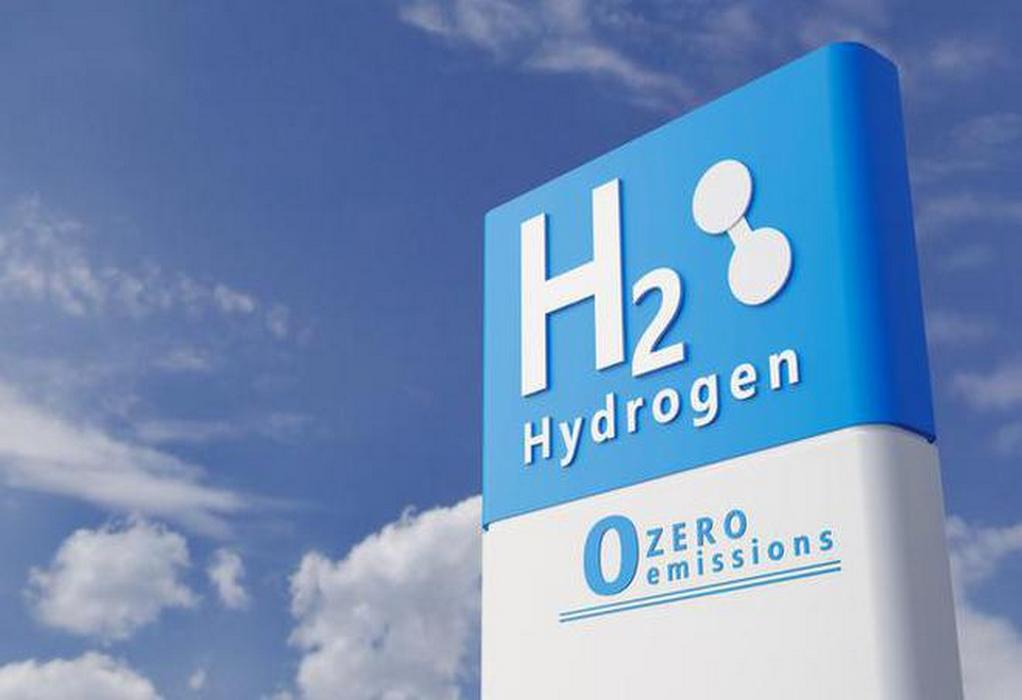A level playing field for different energy carriers to compete and coordinated decarbonisation must be supported, say the region’s TSOs.
Hydrogen is set to play a major role in the energy system but so far represents only a modest fraction of the energy mix and the majority of it is produced from fossil fuels.
For hydrogen to contribute to net-zero goals, its production needs to expand to a much larger scale, become fully decarbonised and find a cost-effective place in the electricity system, the TSO association states in a set of policy recommendations it has formulated.
The recommendations address the new roles of hydrogen, its scaling up, planning and operation.
ENTSO-E starts out by stating that hydrogen is a tool for reaching decarbonisation and not an end in itself and should be benchmarked against other options in decarbonisation initiatives.
Decarbonising the existing hydrogen demand will be key in accelerating the technological maturity. However, as CO2-free hydrogen requires renewables, direct electrification should be prioritised for decarbonisation efficiency and the hydrogen used in sectors where direct electrification is not technically
viable or cost efficient.
Scaling and operations
Looking towards the next steps to scaling hydrogen, ENTSO-E points out that the business case to use hydrogen in an electricity system operation support function does not exist and is an imperative to develop.
There should be a scaling up of new technologies and R&D efforts and the EU and member states also should consider the role and impact of European production vs imports.
Turning to planning and operating hydrogen in ‘one system of systems’, ENTSO-E says that a unified system perspective is necessary. Making hydrogen a flexibility provider to the electrical system will require
structural investments beyond the electrolysers, i.e. to hydrogen grids and storage.
The operational mode of electrolysers connected to the grid will play a crucial role in the cost and decarbonisation of future integrated energy systems. Thus, the location of electrolysers is a strategic structural question. Appropriate coordination between hydrogen and the electric network
system operators is needed to ensure that new assets effectively decarbonise
the system without increasing costs.
Finally, multisectoral planning of the development of assets with a gradual bottom-up approach from regions to Europe will maximise the potential benefits of hydrogen investments.
The deployment of a future hydrogen infrastructure, both new and repurposed, should also follow a stepwise approach from local clusters to regional and then Pan-European.
“This approach could facilitate optimising locations and operational patterns while enabling a unified view on energy infrastructure planning,” says ENTSO-E.
Source:https://www.smart-energy.com/
Tags: CO2, ENTSO-E, Europe, Hydrogen



Recent Posts
Babcock’s LGE Business Secures Contract for Marine Ammonia Fuel System to Advance Shipping Decarbonisation
Associated Terminals Deploys Liebherr’s All-Electric Cranes in Landmark Move Toward Cleaner Cargo Handling
Sanmar delivers fully electric emissions-free tug to major global operator Svitzer
Kolkata Dock deploys first-ever electric mobile cranes
ONGC orders two ethane carriers from Mitsui O.S.K. Lines
IndianOil to Commission India’s Largest Green Hydrogen Plant by 2027
IMI Greater Noida Signs MoU with IME (I) to Launch A New Student Chapter
GCMD Completes World’s First Pilot Demonstrating Full Carbon Value Chain from Ship-Captured CO2 in China